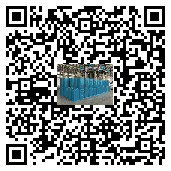In which links are leather wetting agents most widely used?
Leather wetting agents are widely used in many links of leather production, but the most widely
used links mainly include the following:
Leather finishing:
Leather wetting agents are most significantly used in this link. They can improve the wettability and
permeability of the coating, allowing the coating to better adhere to the leather surface and penetrate
into the leather fibers. This not only improves the gloss and uniformity of the coating, but also enhances
the softness and feel of the leather.
Leather dyeing:
During the dyeing process, leather wetting agents help the dye to better penetrate into the leather fibers
and achieve uniform dyeing. They can reduce the surface tension of the dye, making it easier for the dye
to combine with the leather fibers, thereby improving dyeing efficiency and quality.
Leather soaking and degreasing:
Wetting agents also play an important role in the leather soaking and degreasing process. They can accelerate
the absorption of water by the leather, help soften the leather and remove grease and dirt on the surface. This
helps to provide better conditions for subsequent processing steps.
Leather processing auxiliaries synergist:
Leather wetting agents can also act as synergists for other leather processing auxiliaries. For example, adding an
appropriate amount of wetting agent to the treatment liquid such as softener and waterproofing agent can improve
the treatment effect of these additives, so that the leather can obtain better softness, waterproofness and other properties.
In summary
Leather wetting agents are most widely used in leather finishing, dyeing, soaking and degreasing, and processing additive
enhancement. They play a variety of roles in these links, such as improving wettability, permeability, improving coating gloss
and uniformity, and enhancing softness and feel, providing important technical support for leather production.


